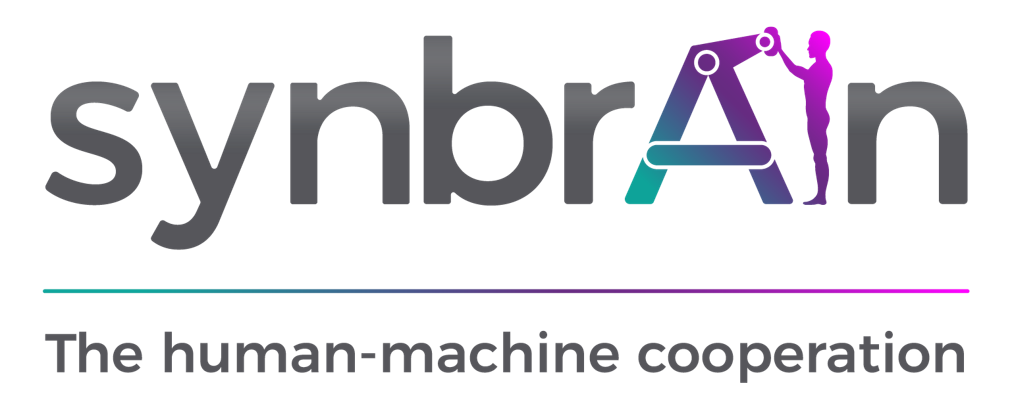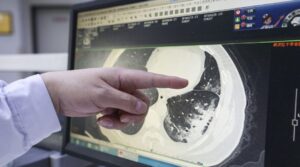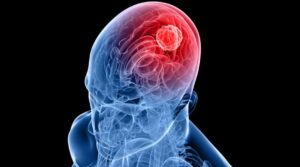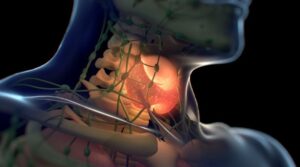An algorithm for Parkinson’s disease speech classification based on isolated words analysis
Automatic assessment of speech impairment is a cutting edge topic in Parkinson’s disease (PD). Language disorders are known to occur several years earlier than typical motor symptoms, thus speech analysis may contribute to the early diagnosis of the disease. Moreover, the remote monitoring of dysphonia could allow achieving an effective follow-up of PD clinical condition, possibly performed in the home environment.










